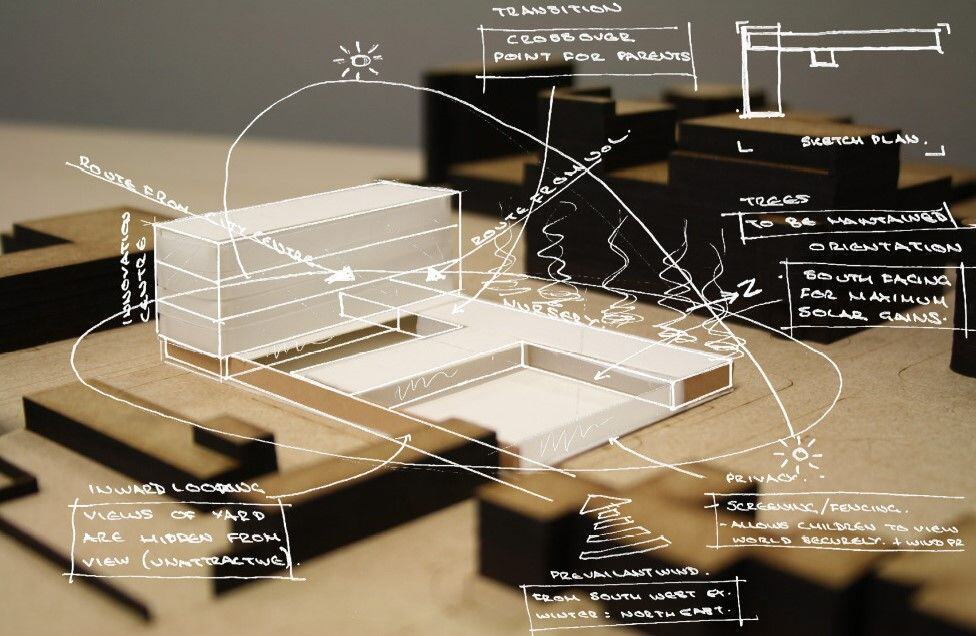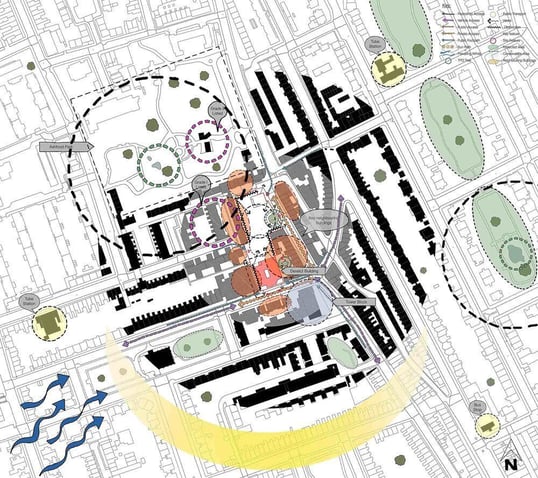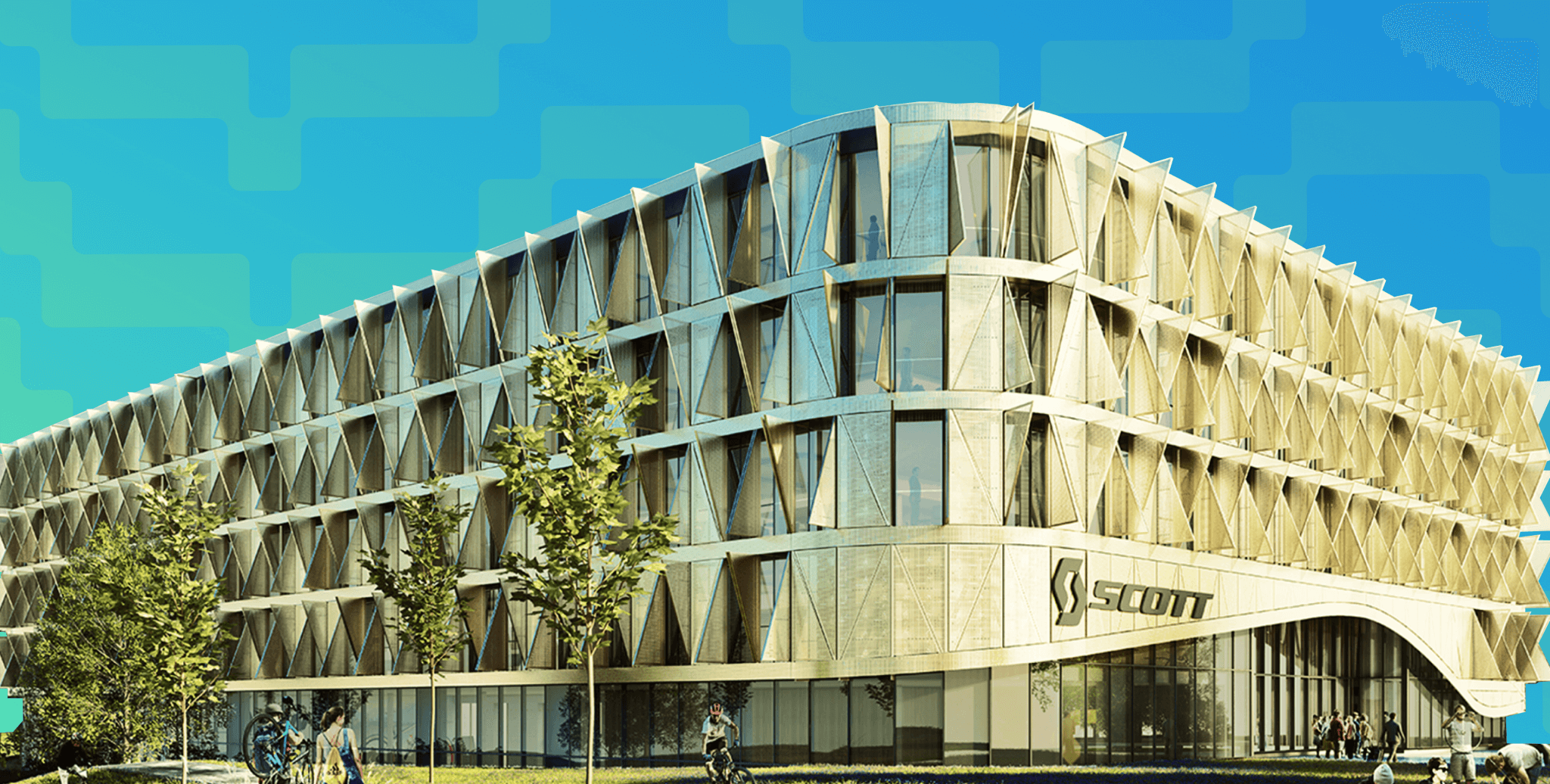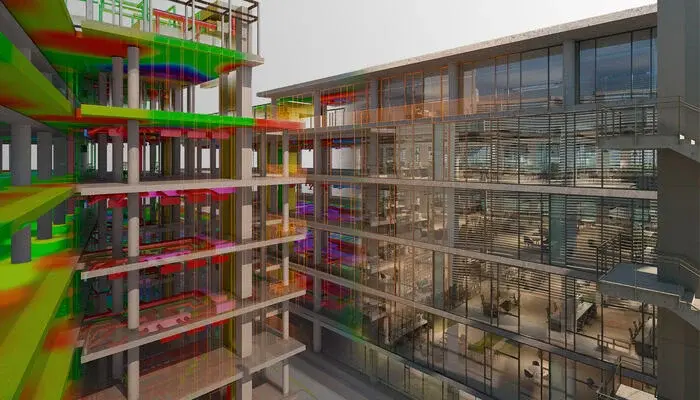
After having spent hours brainstorming ideas, building the perfect brief and selecting a great site for your architecture thesis topic, the question that pops into every student's mind is, where do I start?
While you build a brief and an area program, you need to simultaneously be conducting a detailed site analysis. Being architecture students, we’re no strangers to a good site analysis, but sometimes it’s good to have a checklist to see what all you should be covering!
 Architecture Site Analysis
Architecture Site Analysis
As we know, the Site Analysis is a study of the portion of land selected for your thesis project. It’s a crucial step involving the collection of data on all possible tangible and intangible aspects of your site, to help you make informed design decisions throughout the semester.
For all categories we will put down as a part of the checklist, the process of a good site analysis could be broken down into the following three parts:
Documentation: Gathering all relevant data.
Analysis: Critically studying the gathered data.
Inferences: Making possible deductions from the analysis for your design.
 The three steps of a Site Analysis (Source: Author)
The three steps of a Site Analysis (Source: Author)
Agreed that it is a formidable task, but do not be overwhelmed. Read through our checklist of site analysis categories for your architecture thesis project, and make one for yourself!
7 Tips on Choosing the Perfect Architecture Thesis Topic For You
1. Movement, Connectivity and Circulation
The suitability of your site for the chosen architecture thesis topic is determined by the connections it has to the surroundings. The connectivity of your site can be on 2 scales: Macro and Micro.
Macro-connectivity is on a larger scale which explores access routes to the major nodes in a region like transit terminals, hospitals, offices, commercial centres, etc.
Micro-connectivity is defined by the immediate site network like access roads, surrounding buildings and proximity to project relevant utilities. This may help plan the major circulation paths on site.
Knowing how well-connected (or not) your site is will help make crucial design decisions like entrances and exits, how much parking you need, what kind of traffic you’re catering to, etc.
 Source: www.aucklanddesignmanual.co.nz
Source: www.aucklanddesignmanual.co.nz
2. Immediate Site Context
Context is what is happening (or has happened) in, out, around and about the site! It involves areas like the local architectural style, materials, construction techniques, historical and cultural background, analysis of edge conditions, urban morphology, prior uses, political conditions or anything that may be relevant to the site.
I don’t think we need to explain why this is important to your thesis, because if you needed to know, you wouldn’t have reached thus far in architecture school!
 Source: www.pinterest.com
Source: www.pinterest.com
3. Zoning and Development Control Regulations
Every region has laid down its development control regulations, zoning and land use patterns. Various factors like site location, type of zone it falls under, land use as per DCR, prevailing vehicular/ pedestrian traffic (high, medium, low-density zones) and permissible setbacks give you an idea of how suitable the site is for the project chosen. Prominent points to note would be the FAR, permissible built-up area, setbacks, height-restrictions, etc.
This will make your thesis as realistic as possible, giving you guidelines within which you must plan and would prevent any faculty or jury member from questioning the legitimacy of your thesis.
 Source: Studio 6 site analysis, slideshare.com
Source: Studio 6 site analysis, slideshare.com
4. Climate and Ecology
What is good architecture if not an immediate response to climate? One of the first and most important things to know about your site is its climatic conditions. To make things simple, divide the study into 2 parts:
Macro-climate - The climate of the larger chunk of land, like the region or country the site is located in and remains constant (more or less) irrespective of the architectural developments taking place. Here, the sun path, seasonal temperatures, humidity, annual precipitation and prevailing wind direction are common data acquisition sections and are the deciding factors for (but not limited to) the building’s location on site, its orientation, form and massing.
Micro-climate - The local climate conditions that might affect design decisions like the presence of water-bodies nearby, existing vegetation, topography, etcetera. It is especially crucial when dealing with projects abutting lakes, rivers or the sea, where the effect of water-body may dictate your design development. Or a site in a hilly region where contour study/slope analysis is a must!
Also Read: Architecture Thesis Topics: A Comprehensive List of 30 Topics to Pick From 2025
 Source: www.lassetercoa.wordpress.com
Source: www.lassetercoa.wordpress.com
5. Demographics
Design is for your users, and good architecture takes full account of them. Demographic analysis involves the socio-economic study of a region by categorising its population into religion, ethnicity, cultural background, income profiles, nativity and occupation. This analysis is key for socially or culturally sensitive architecture thesis topics like places of worship, community housing and welfare centres.
Want to create something for the people? Know them first!
 Source: www.pinterest.com
Source: www.pinterest.com
6. Services and Amenities
A brief study of site services is essential to know how your site is connected to basic amenities like drinking water, electricity, drainage, sewerage, or telephone and internet lines (all hail WiFi!).
For planning and locating your building services, you need to know where the service lines are going and how they’re laid out, including any existing service features on site.
7. Sensory Analysis
Does your site have points where the view is just fantastic (maybe overlooking a waterbody, eye-soothing greenery or the cityscape)? Or maybe it has spots where there is unbearable noise (could be from your weekly vegetable market or that one lane through which the whole city has to travel)!
More often than not, such sensory analysis of the site is neglected. But when such observations are noted and inferred from, they can be some of the strongest drivers of your architecture thesis project.

It is always good to make a checklist while dealing with a lot of data, and the site analysis is no exception. However, please do not limit yourself to the above list, as each site is unique and may have exceptional needs. You may need to do additional analysis particular to the features of your thesis, as it reflects the individuality of both the project and the student. Depending on your architecture thesis topic, other categories may include historical analysis, water/soil integrity sampling, traffic volume analysis, and more.
Having read the above list that has been put in place for you, go ahead and put your hard work and magic in place too! Novatr is always here to help.
Was this content helpful to you











